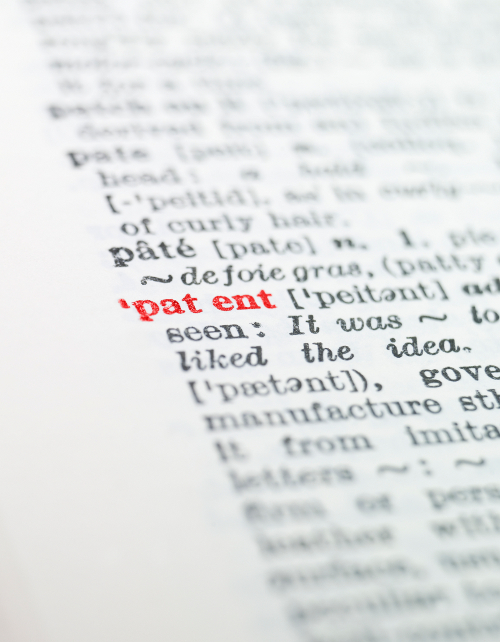You may wonder what the difference between goods and services are in a trademark. Goods are products such as a coffeemaker or a computer. Services are activities that are performed for the benefit for someone else such as a coffee shop or a computer repair store. This can still be confusing. Are your customers paying for a product or for you to perform or help with something specific? If you customer is paying you for a coffeemaker, then you have a good. If your customer is paying you to repair their computer, then you have a service. You can list both goods and services in your trademark application but you must list the specific good/services you want to register with your trademark.
If you are filing your trademark application based upon “use in commerce,” you must be using the mark in commerce on all the goods/ services listed. The definition is the true use of a mark in the ordinary course of trade, but not to merely reserve a trademark. A trademark shall be deemed to be in use in commerce on goods if a tag or label is affixed or if this is not possible, then affixed on the document(s) associated with the goods or sale of the goods and if the goods are sold or transported in commerce. A trademark shall be deemed to be in use in commerce on services when it is used or displayed in the sale or advertising and the services are rendered in commerce, the services are rendered in more than one State or in the United States and a foreign country and the personal rendering the services is engaged in commerce in connection with the services.
On your trademark application, you must accurately classify and identify your goods/services. There is an Acceptable Identification of Goods and Services Manual you could look at on the USPTO website (https://tmidm.uspto.gov), which contains listings of acceptable identifications/classifications of goods and services for your information. A failure to accurately classify and identify the goods and services may prevent you from registering your mark and you will not be given a refund of the fees paid. If the Manual does not contain an accurate listing, it is not recommended to simply choose one that is close. Instead try to create your own identification. Your identification should include clear and accurate terms that are understood by the general public.
You may also wonder if you could change your goods/services after the application is filed. You are allowed to clarify/limit the goods/services listed but you may not expand them. For example, if you filed for coats, you could limit the goods to a specific type of coat, maybe raincoats or leather coats but you may not change the goods to something else such as shirts. You also may not change the goods to a service.
Since it is sometimes very difficult to accurately classify and identify your goods/services, it is always a good idea to consider hiring an attorney to help you with the identification and the whole trademark registration process.


